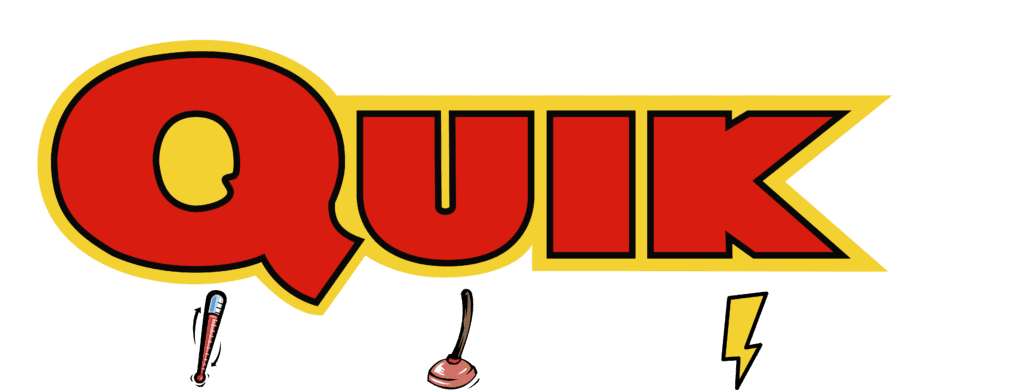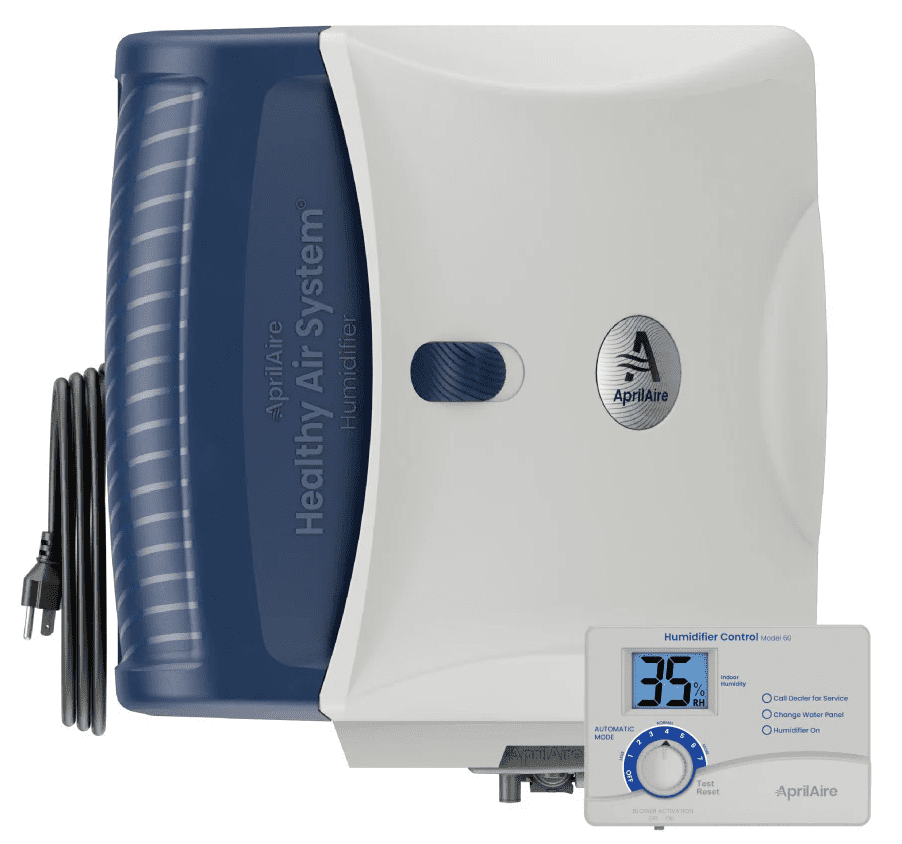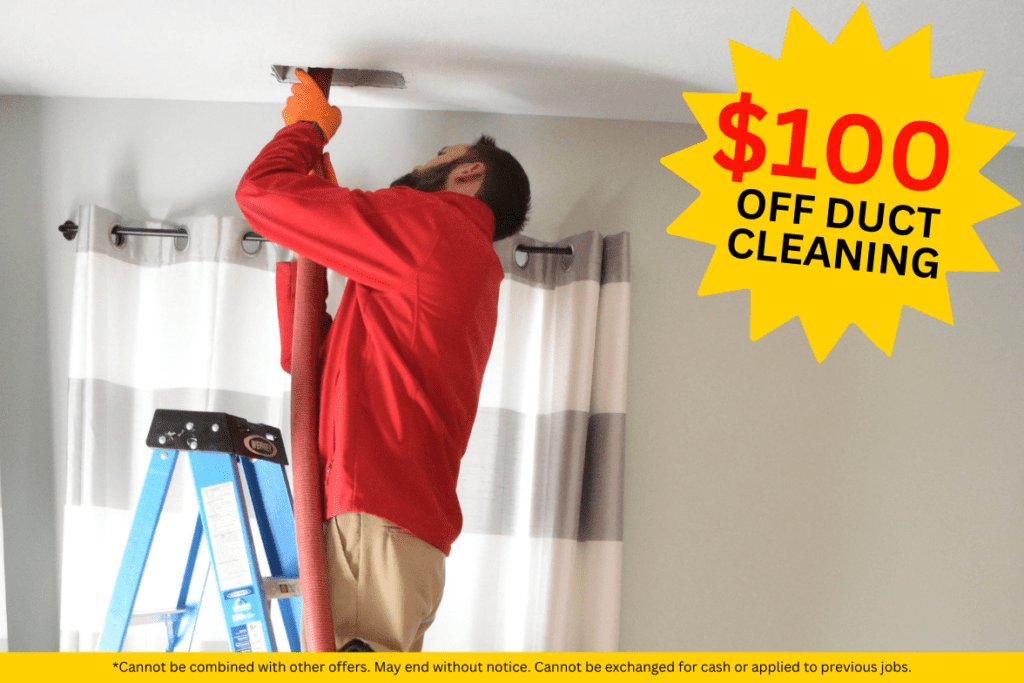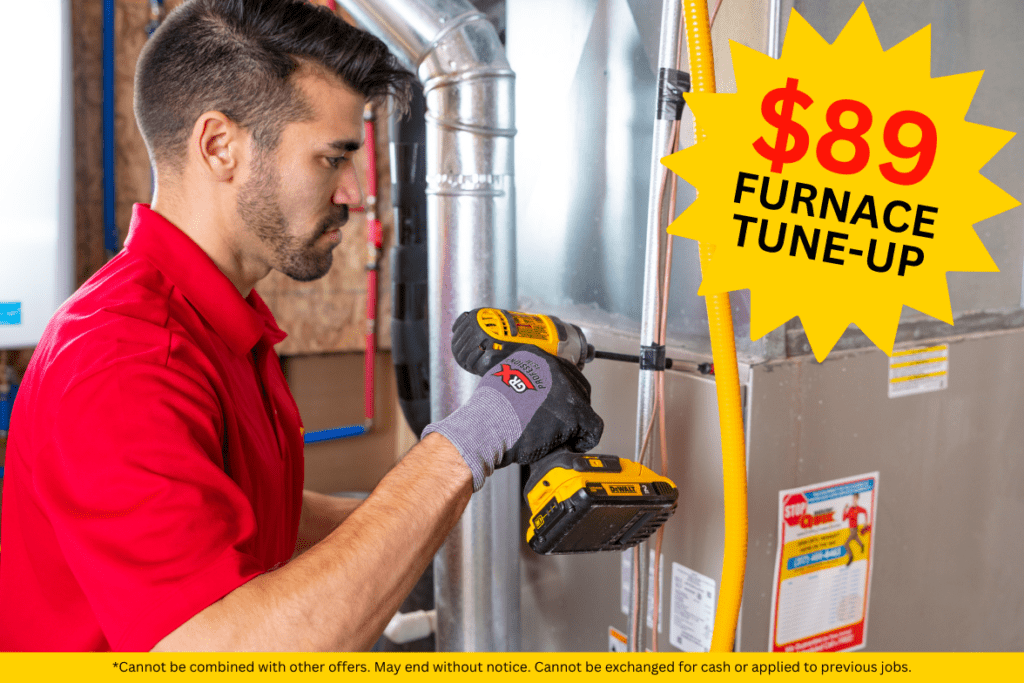Humidifier
Member Pricing From Just: $14.55/mo
Service Details
- Allergy Reduction
- Odor Elimination
- Airflow Improvement
- Enhanced Comfort
- Improve Breathing
You May Also Like
About Humidifiers
Improve your indoor air quality and comfort with our professional humidifier installation—now with $227 off! Dry air can lead to a range of issues like dry skin, irritated sinuses, and poor sleep. Our expert technicians will assess your home’s humidity levels and recommend the best humidifier solution for your needs. Whether you’re looking for an installation or routine maintenance, we ensure your humidifier is working efficiently, providing you with healthier, more comfortable air. We’ll perform a thorough inspection and explain all of our findings before beginning any work. You only pay after the job is completed to your satisfaction. Enjoy optimal air quality and a more comfortable living environment with our trusted humidifier service.
Service Details
- Allergy Reduction
- Odor Elimination
- Airflow Improvement
- Enhanced Comfort
- Improve Breathing
FAQ's
A humidifier adds moisture to dry air, reducing irritation to the skin, throat, and respiratory system, while also preventing dry air damage to wooden furniture and flooring.
The size of the humidifier you need depends on the square footage of your home. We can help assess the best unit for your space during a consultation.
Yes, using a humidifier can add moisture to the air, which can help prevent dry, flaky skin caused by low humidity, especially in winter months.
If you experience dry skin, static electricity, irritated sinuses, or difficulty sleeping during the winter months, a humidifier could be beneficial in maintaining healthier indoor air.
Yes, by maintaining proper humidity levels, a humidifier can help alleviate allergy symptoms caused by dry air, such as irritated sinuses and dry throat.
Absolutely! We offer both humidifier installation and ongoing maintenance to ensure your unit operates efficiently and provides you with optimal comfort and air quality.
No data found for the provided Place ID.
The above pricing is based off of a 9007IAQ – Aprilaire Bypass Humidifier, using Service Finance for an 180 month term, 6.99% Rate with autopay, on a .89% payment factor. This offer is based on membership pricing and cannot be used on past work, combined with other offers, exchanged for cash. Offer may end without notice.











